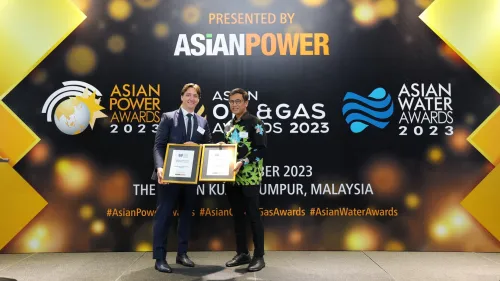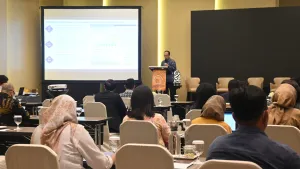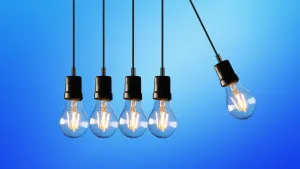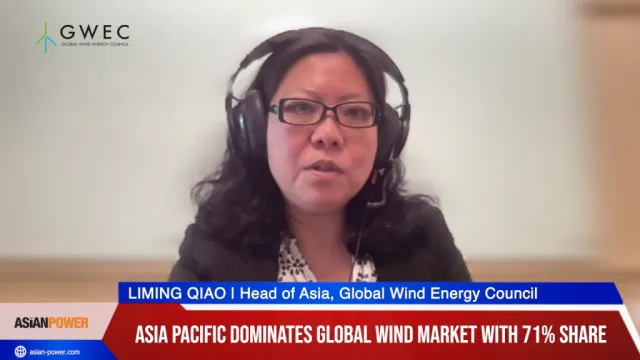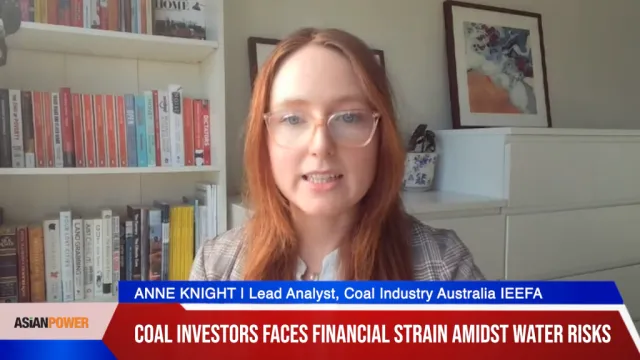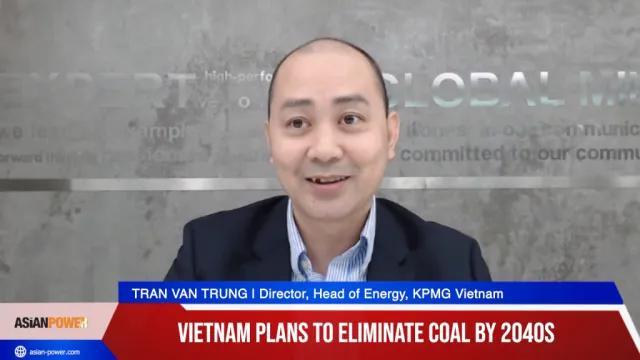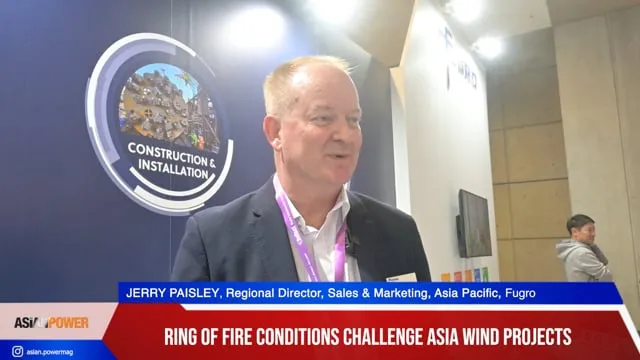
China's renewable and cleantech industry can herald new wave of capital investment
The government has implemented several effective measures.
Investments in China’s renewable and cleantech industry have declined since the end of 2014, according to PwC’s China Renewable and Cleantech Investment Report 2015, and while the number of PE/VC investments in cleantech increased, there was a shift in outlook by investors, who became more cautious last year as a result of market volatility and a temporary halt in A-share IPOs.
According to a release from PwC, in addition, both the volume and value of M&A, as well as the numbers of successful IPO listings decreased in 2015 compared to 2014 levels. The release noted, though, that findings point to substantial variation among the sub-sectors within the clean energy industry over 2015. Within the new energy sector, solar energy enjoyed a range of successes over the year.
Conversely, enterprises focused on energy saving and environmental protection faced stiff challenges related to a range of areas including, formulation of regulations, incentives, mechanisms for industry development, as well as development of technological innovation. As a relative newcomer, the new materials industry has seen stable development, but has received less government support compared to more established new energy and environmental protection sectors.
Here's more from PwC:
“The Chinese government has taken a number of effective measures that will enhance the renewable and cleantech industry. Key steps have been made towards supporting the development of wind, solar and other pivotal renewable energy sources, alongside efforts to promote more sustainable energy consumption.
We see China's future energy industry transitioning to a lighter structure, aided by continuous advances in green technology. Such steps are being guided by a range of influential energy policies. Consequently, the renewable and cleantech industry is poised to usher in a new round of development, which should lead to a corresponding upsurge of labour, capital and technology,” said Gavin Chui, PwC China Energy, Utilities and Mining Industry Leader.


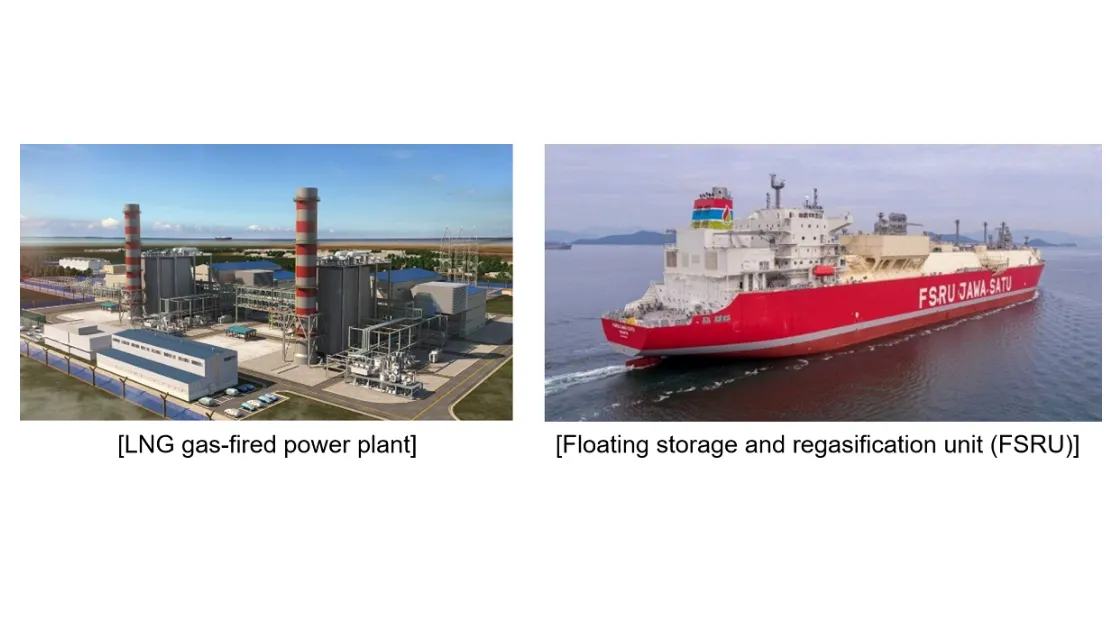
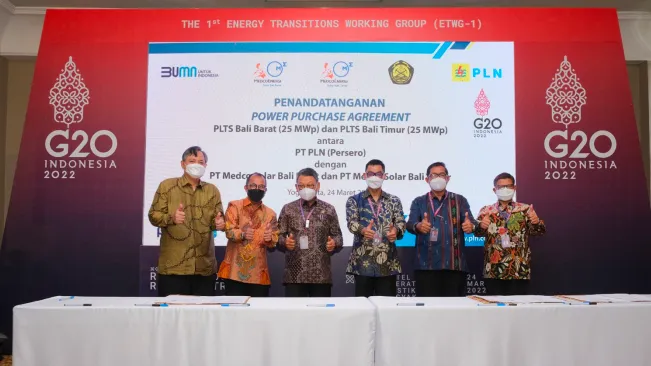
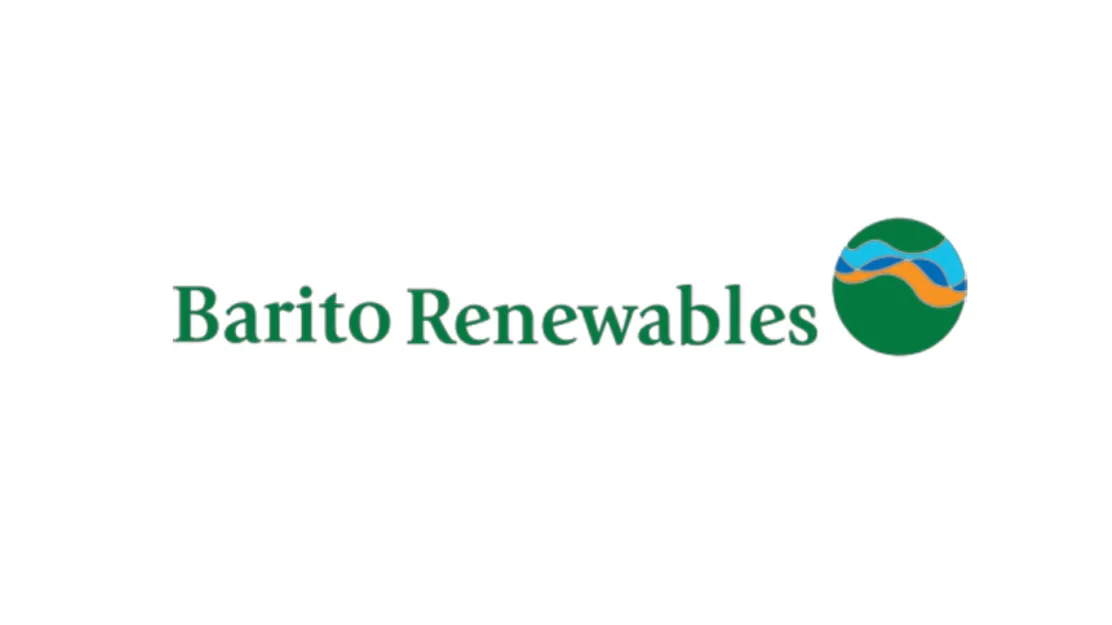




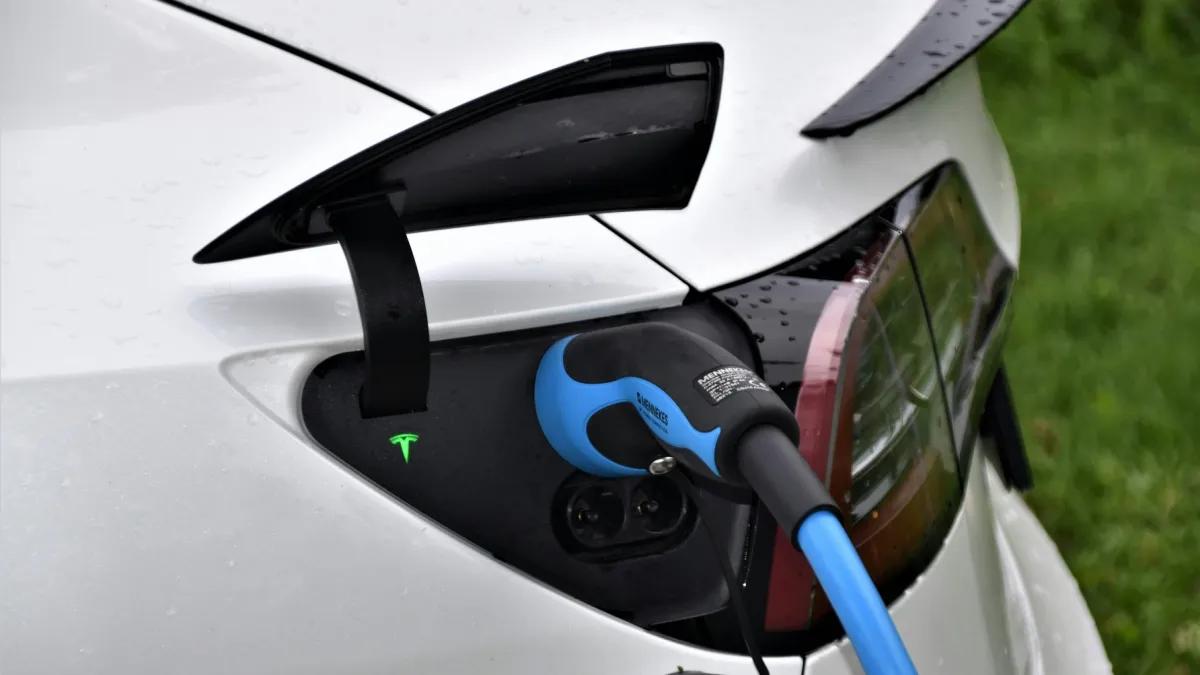



 Advertise
Advertise
